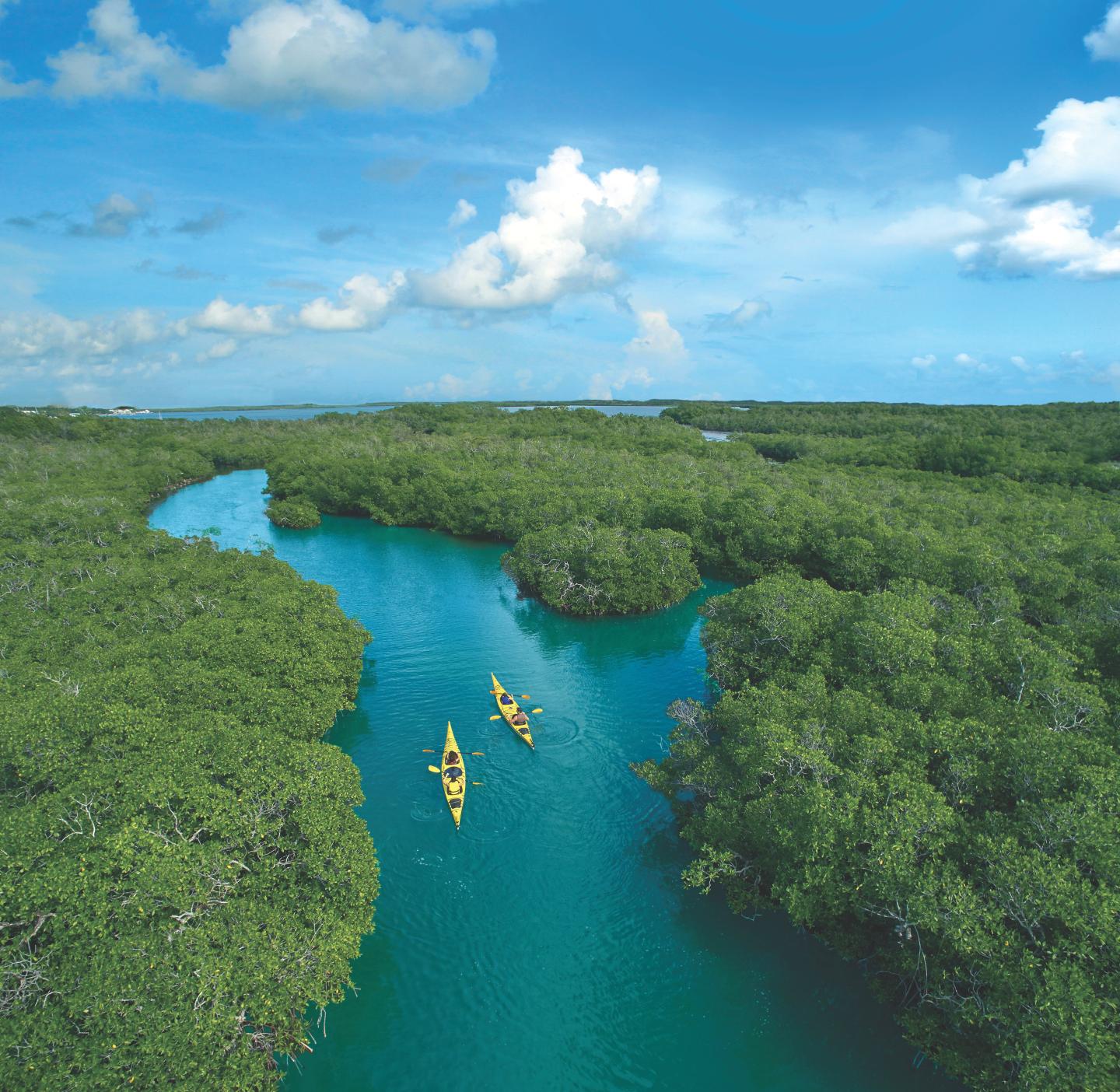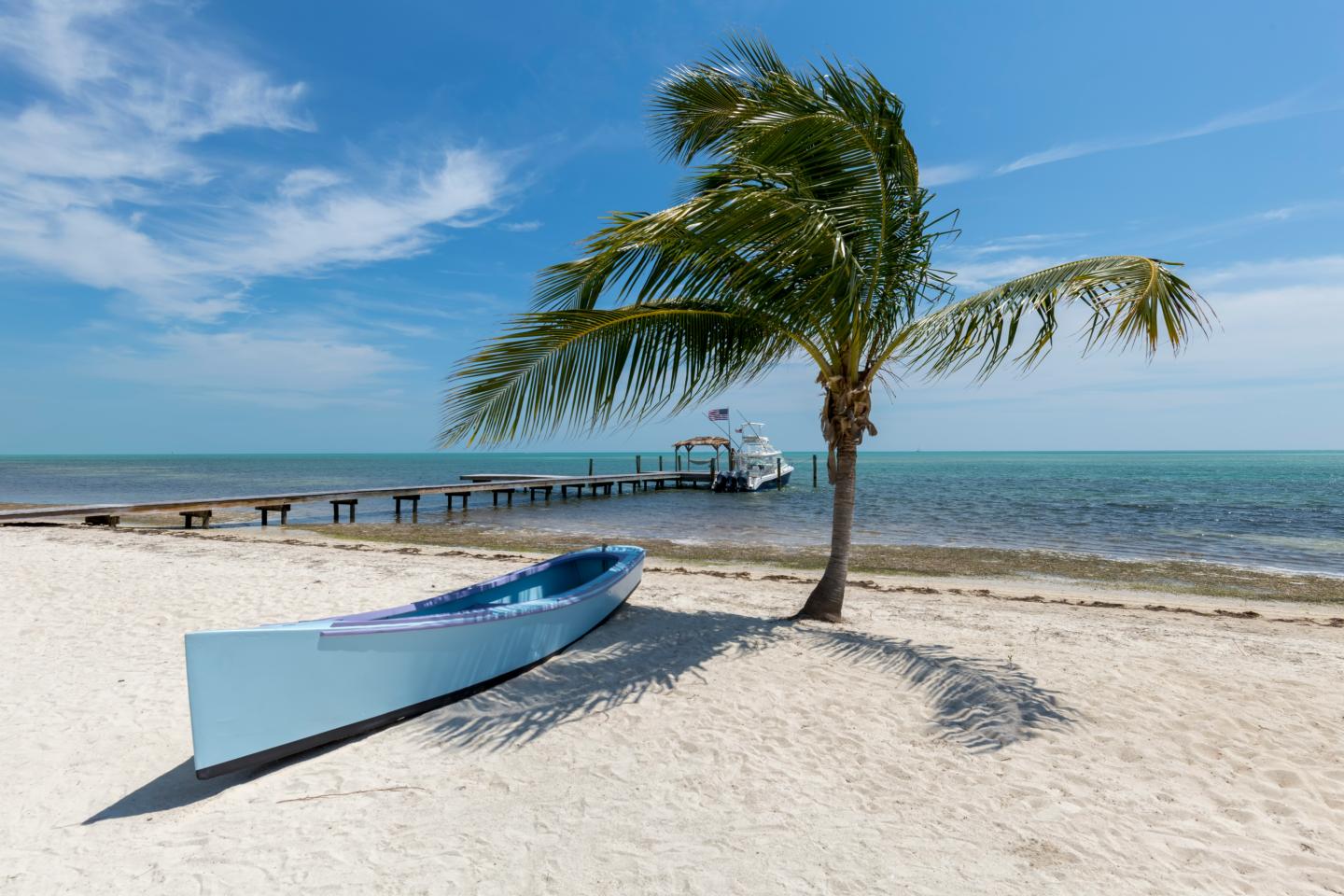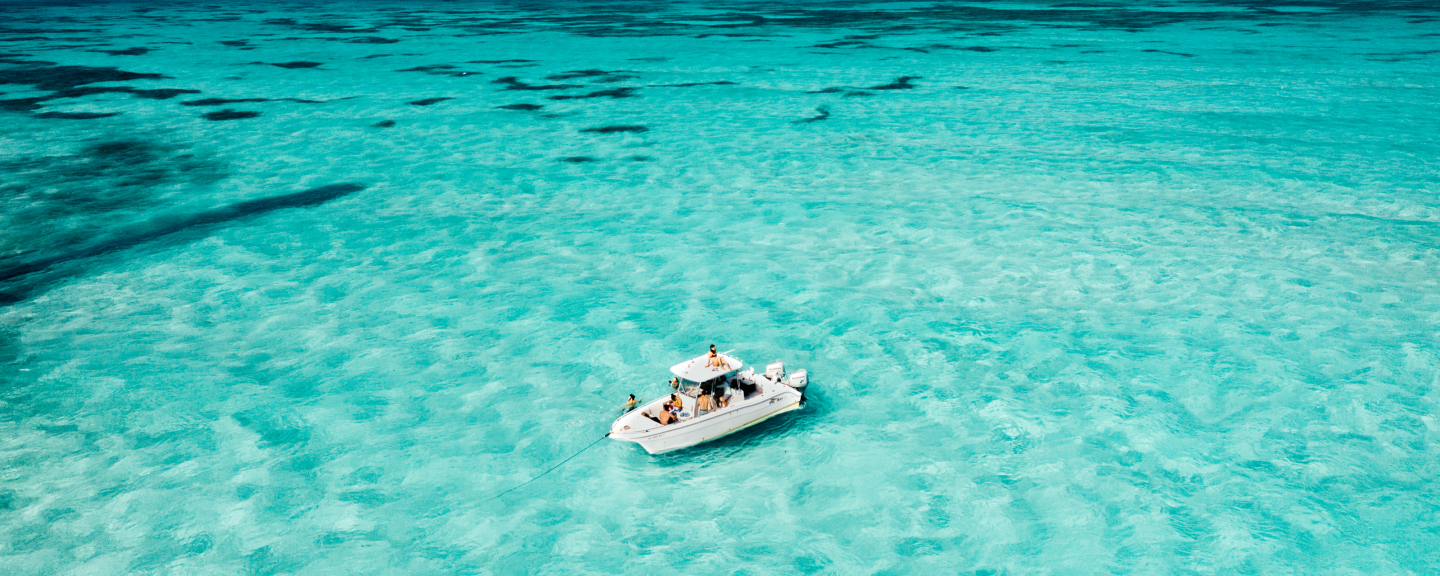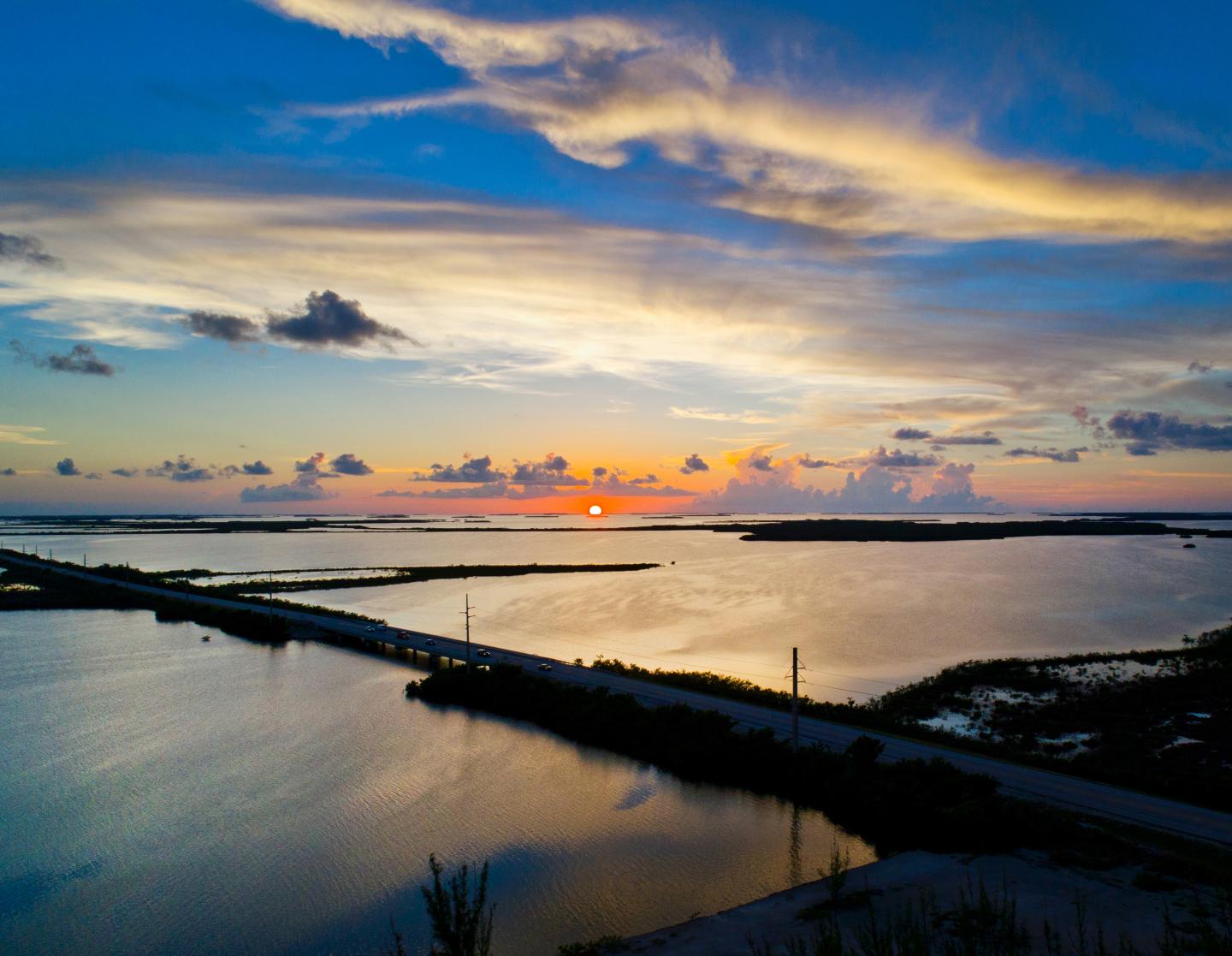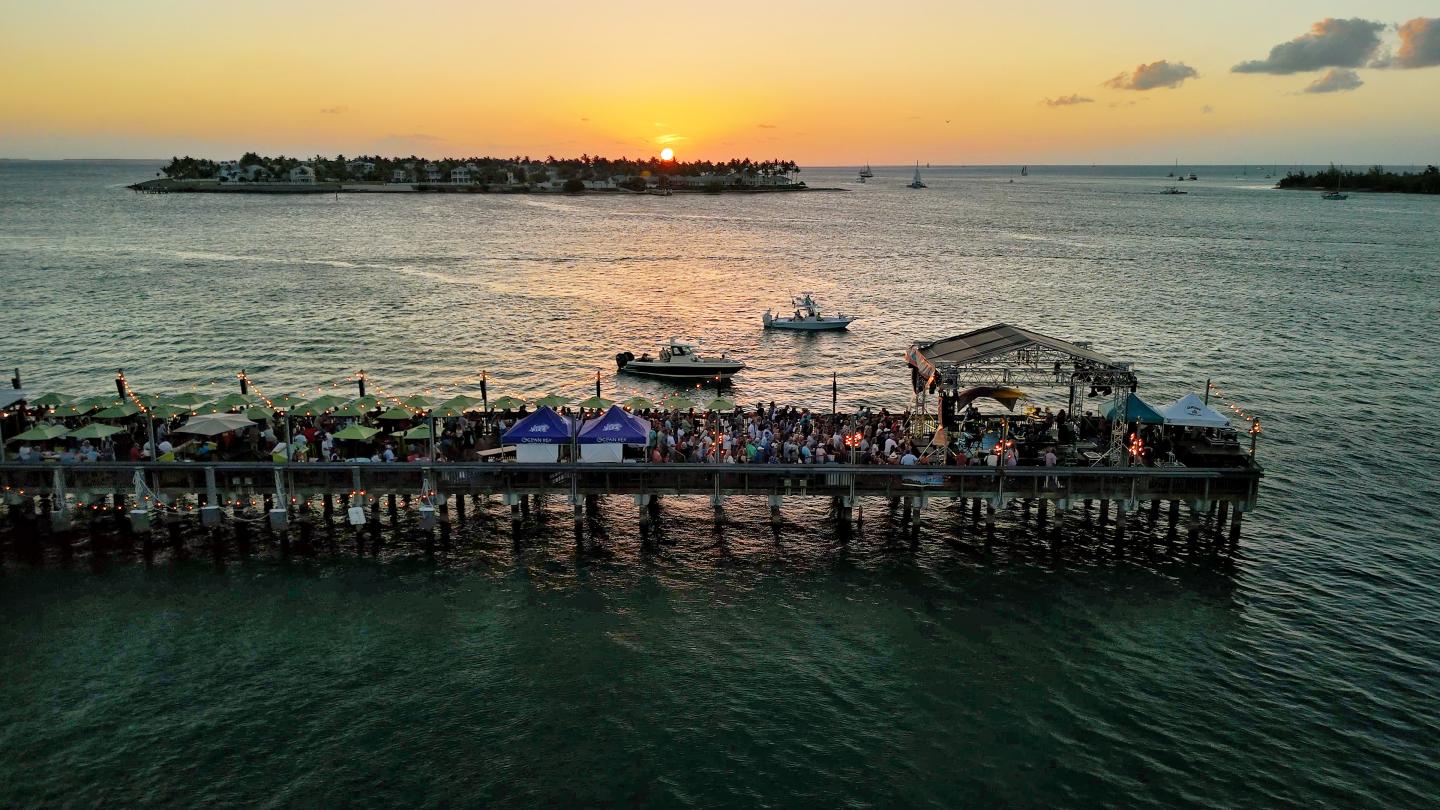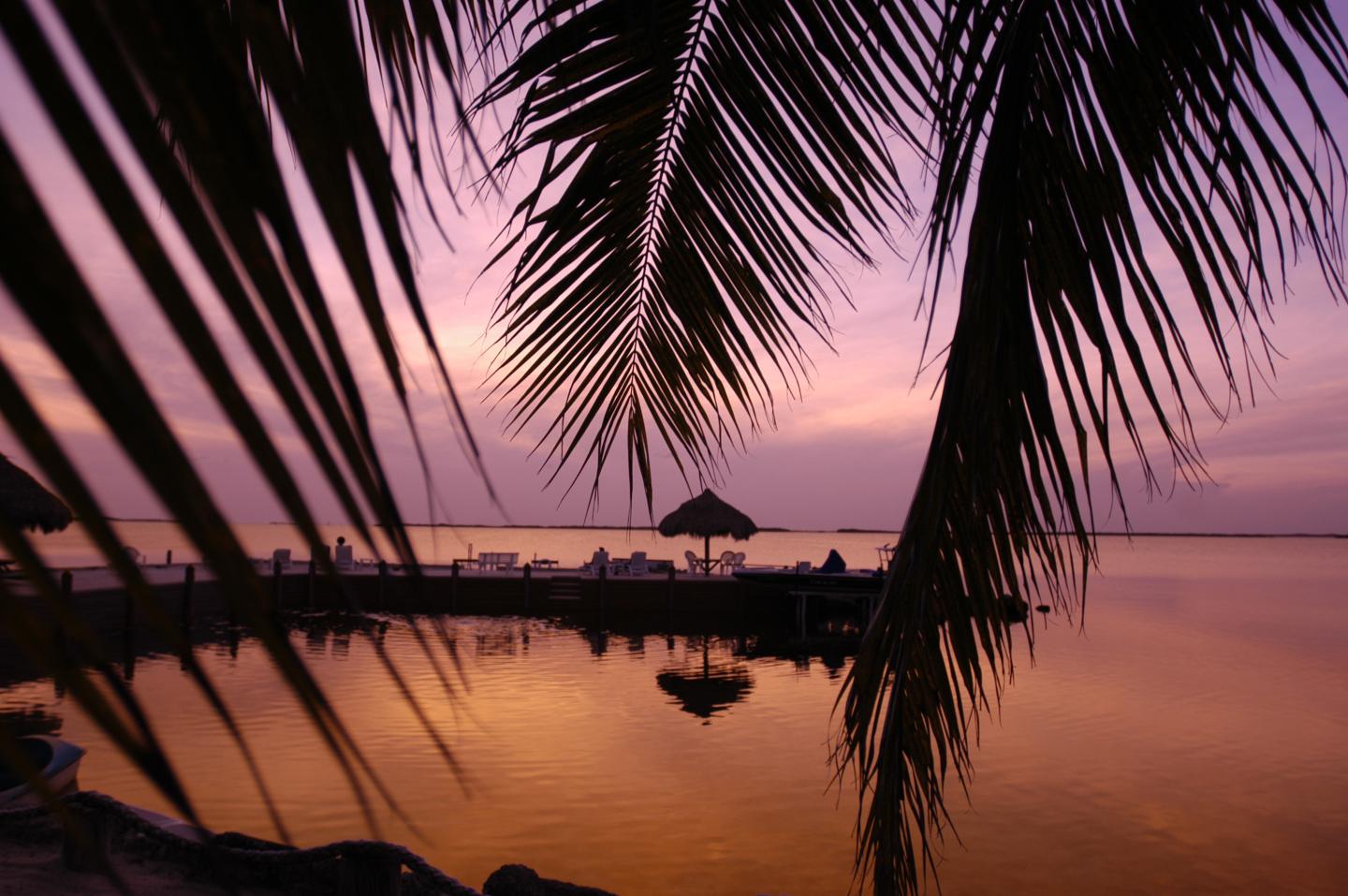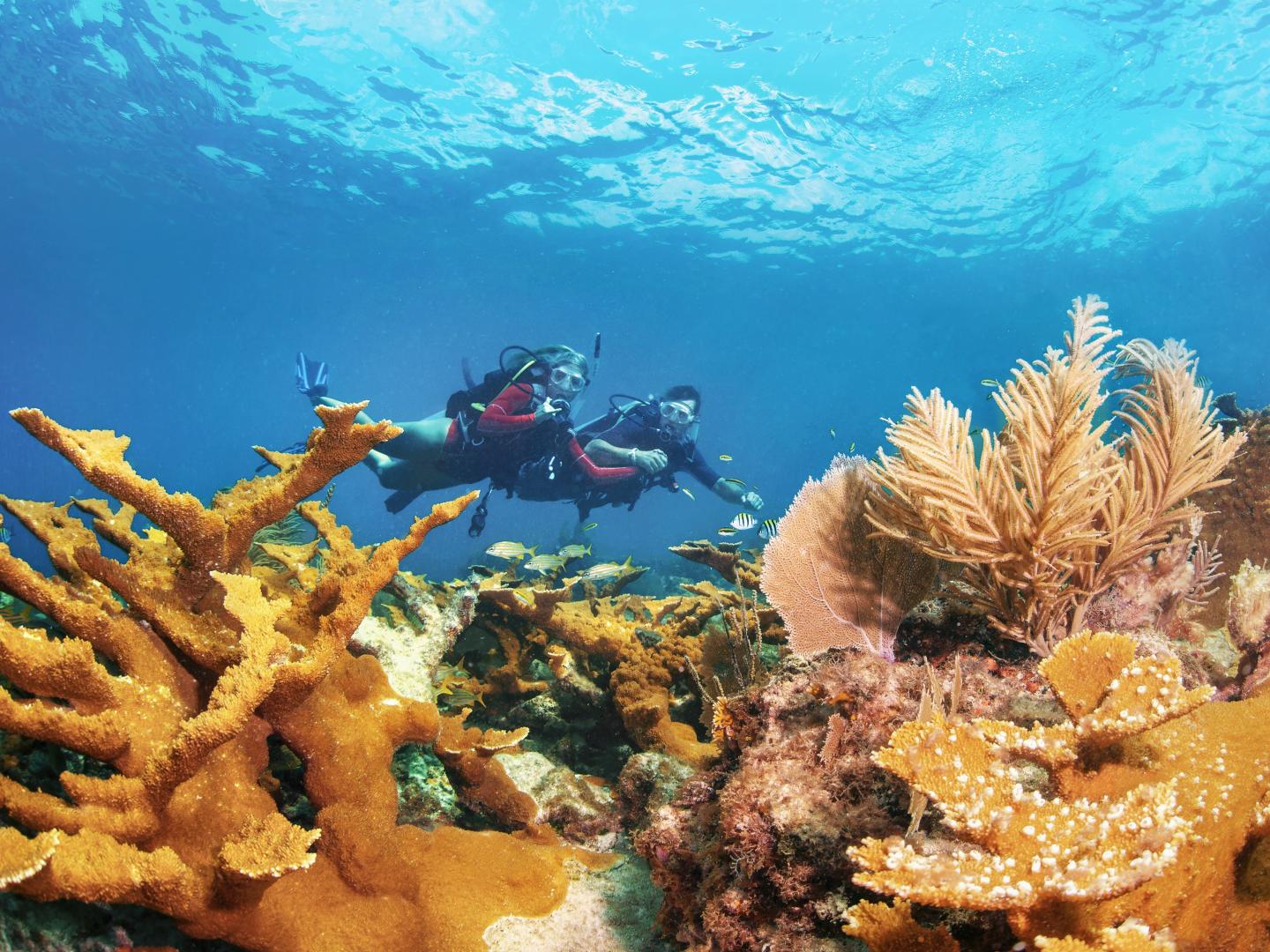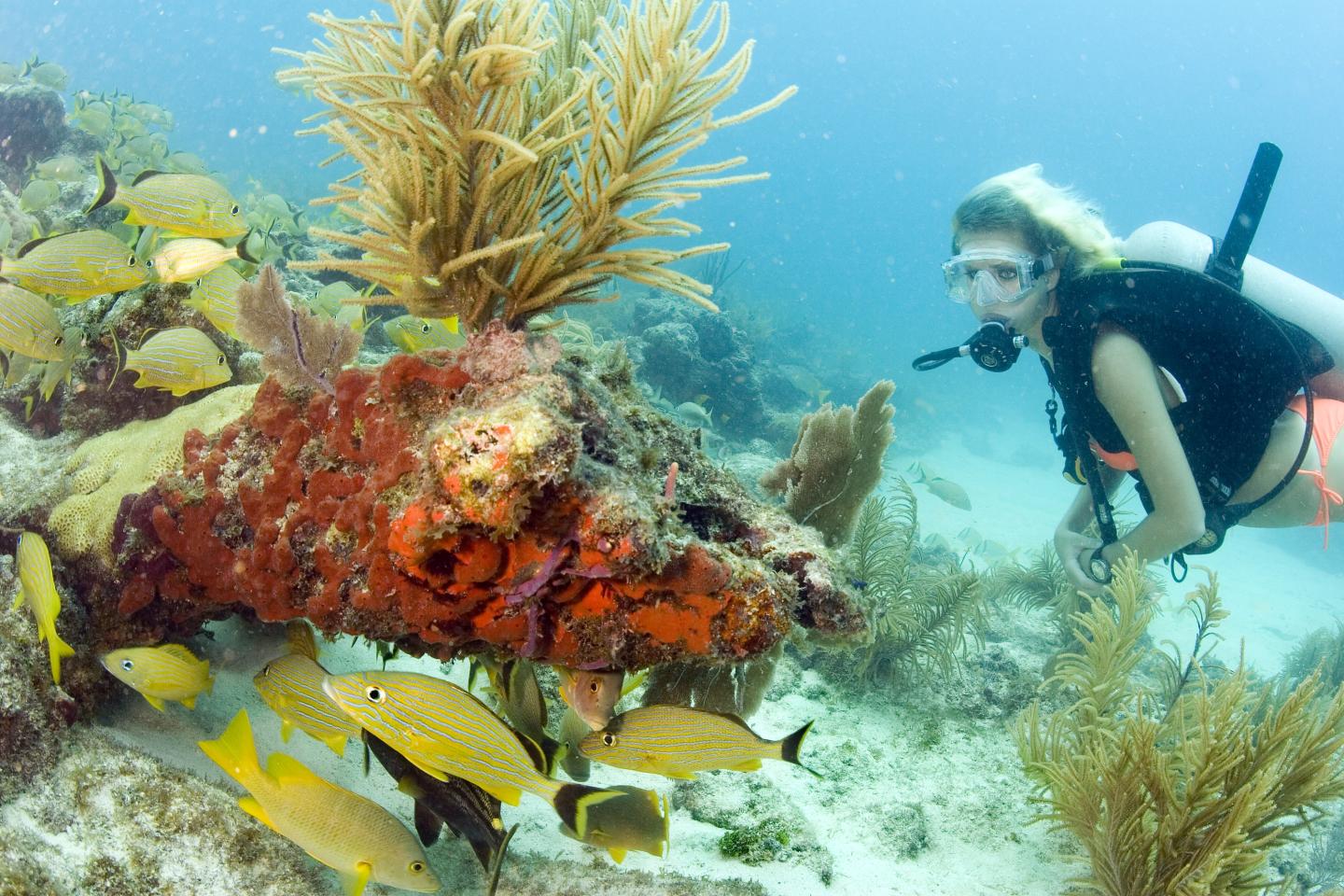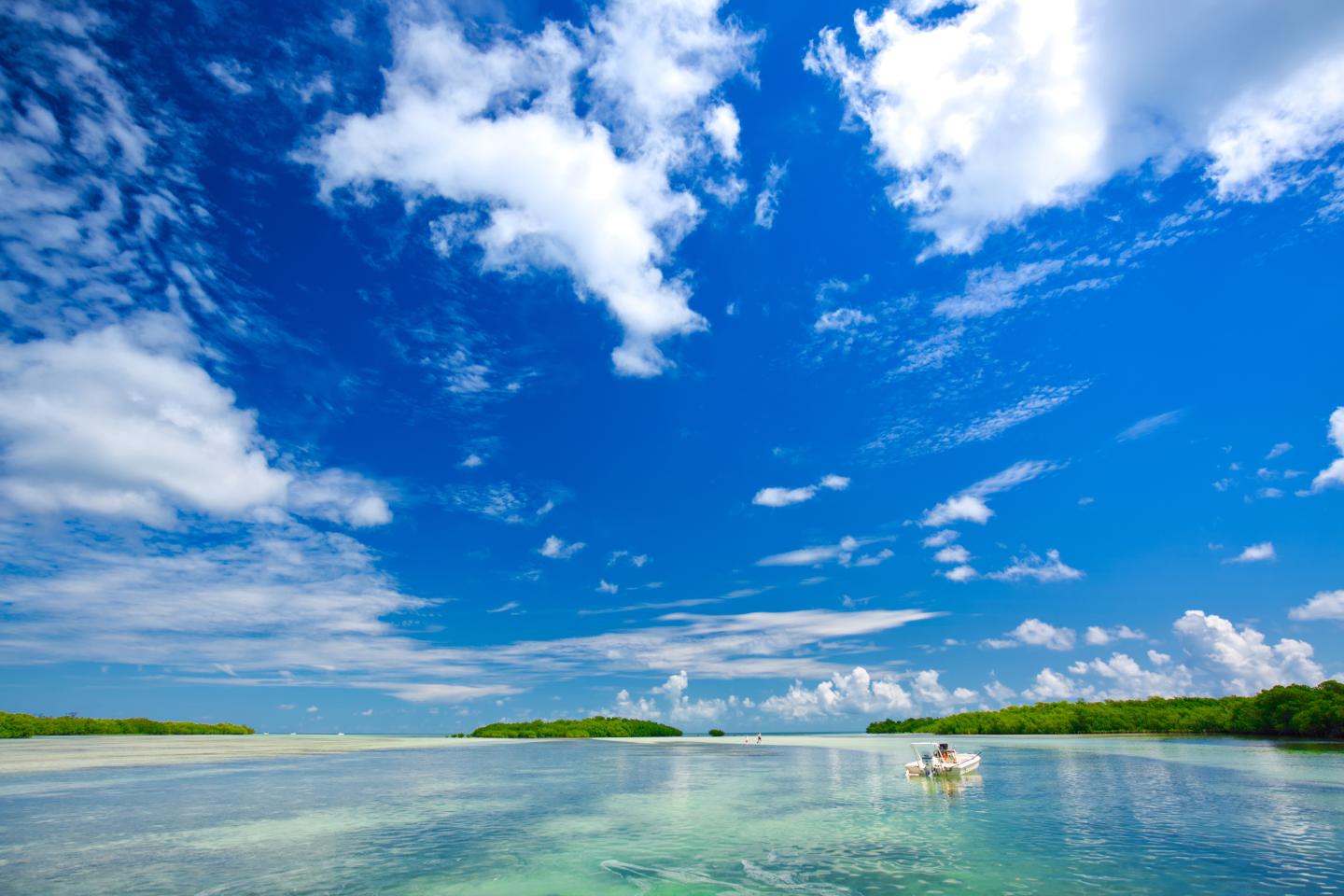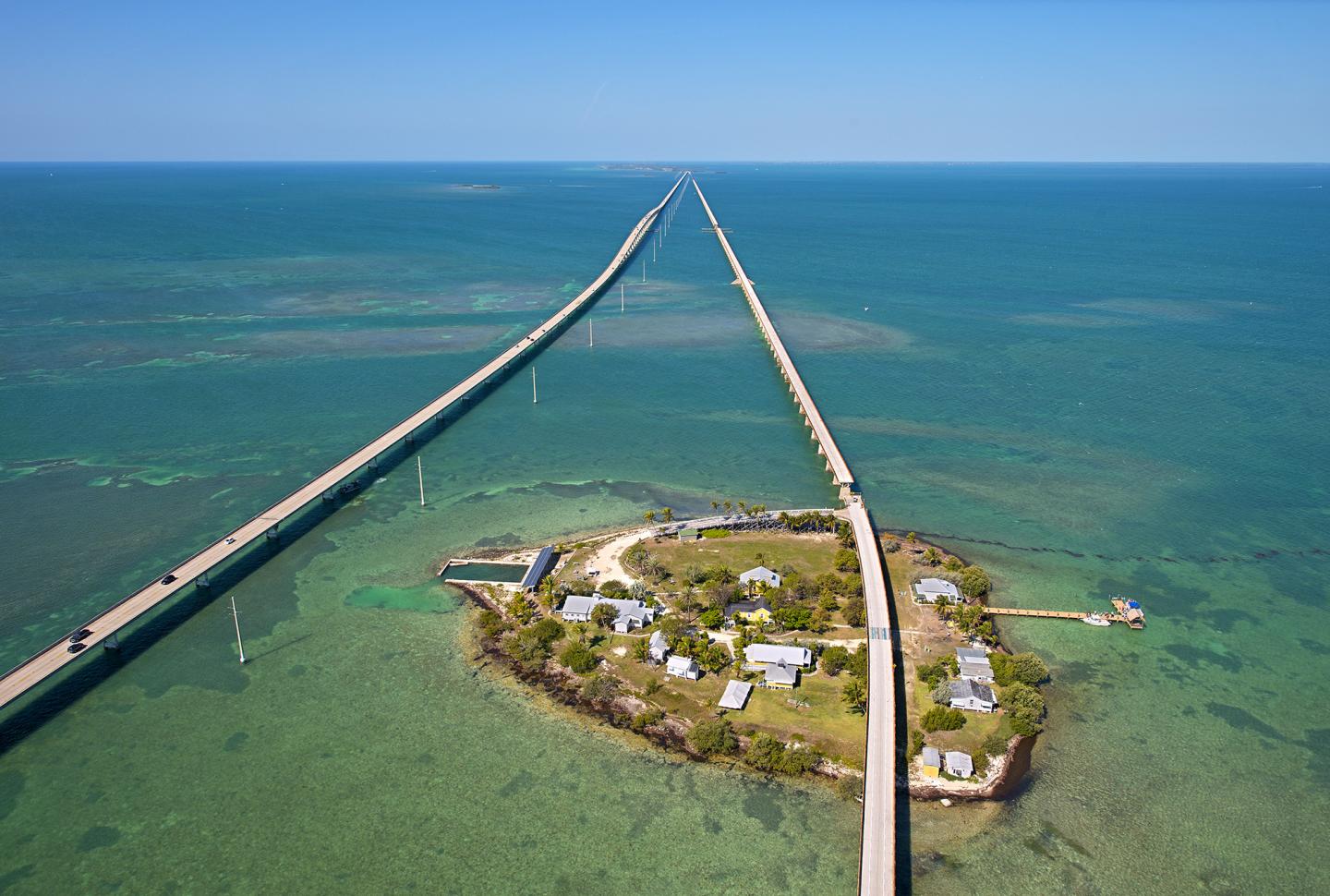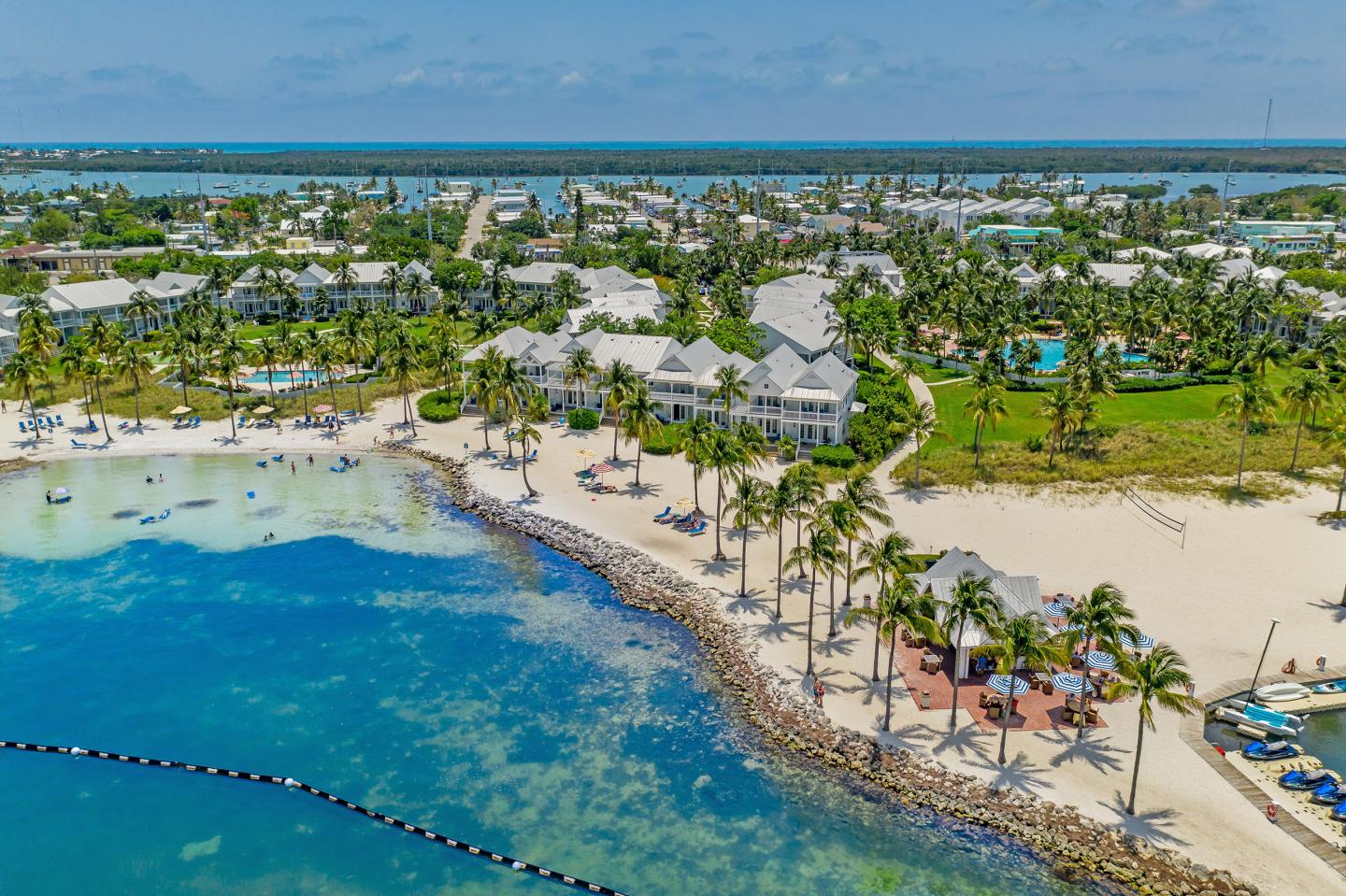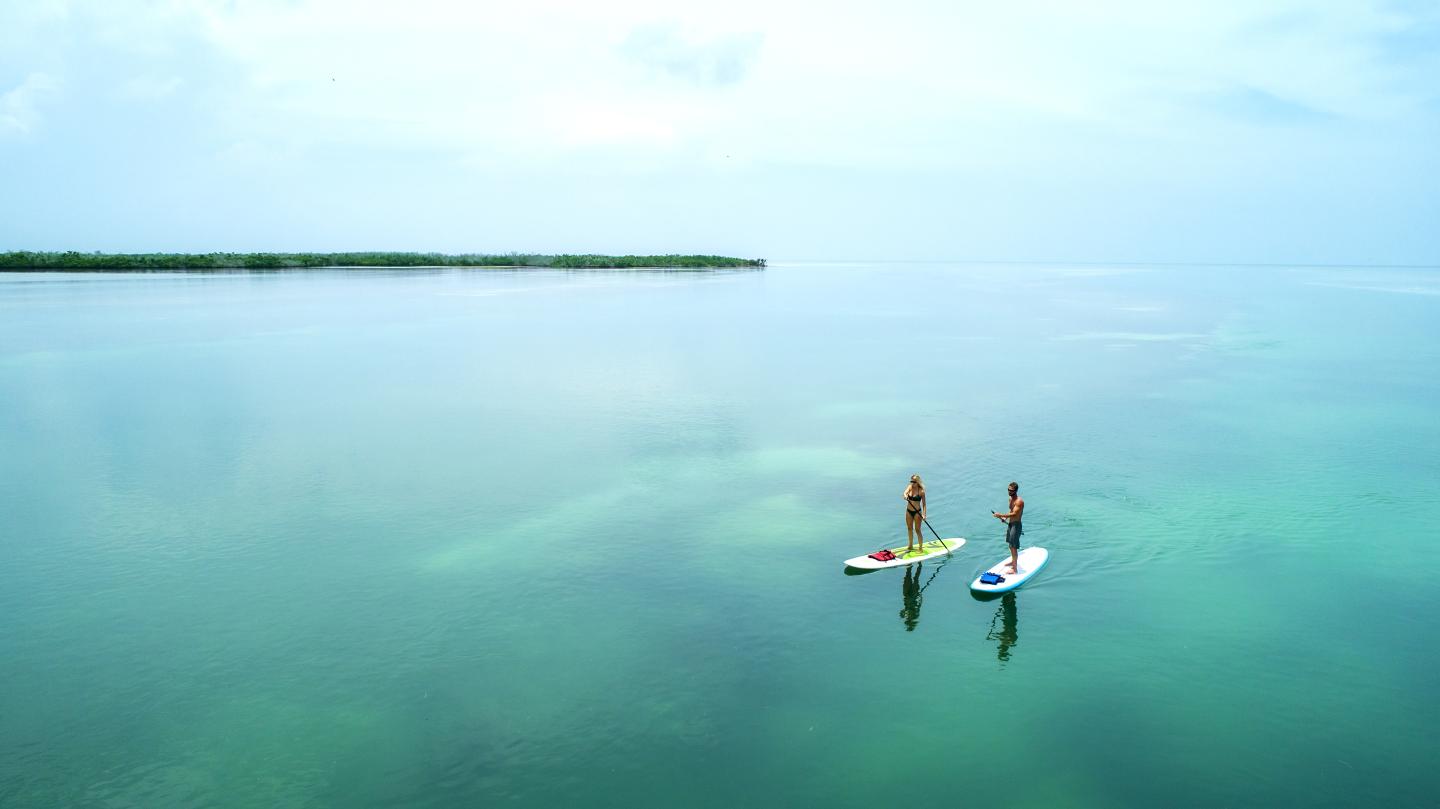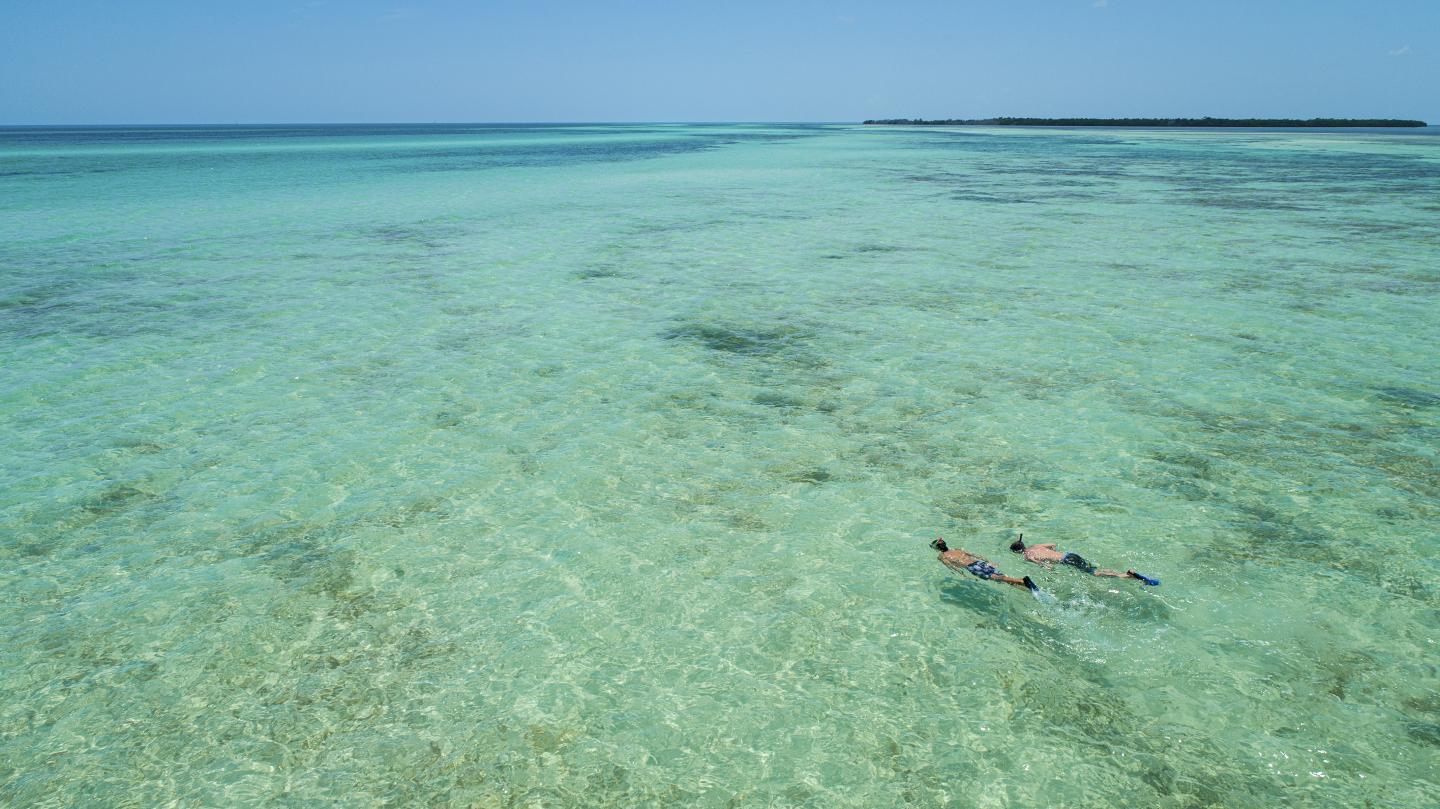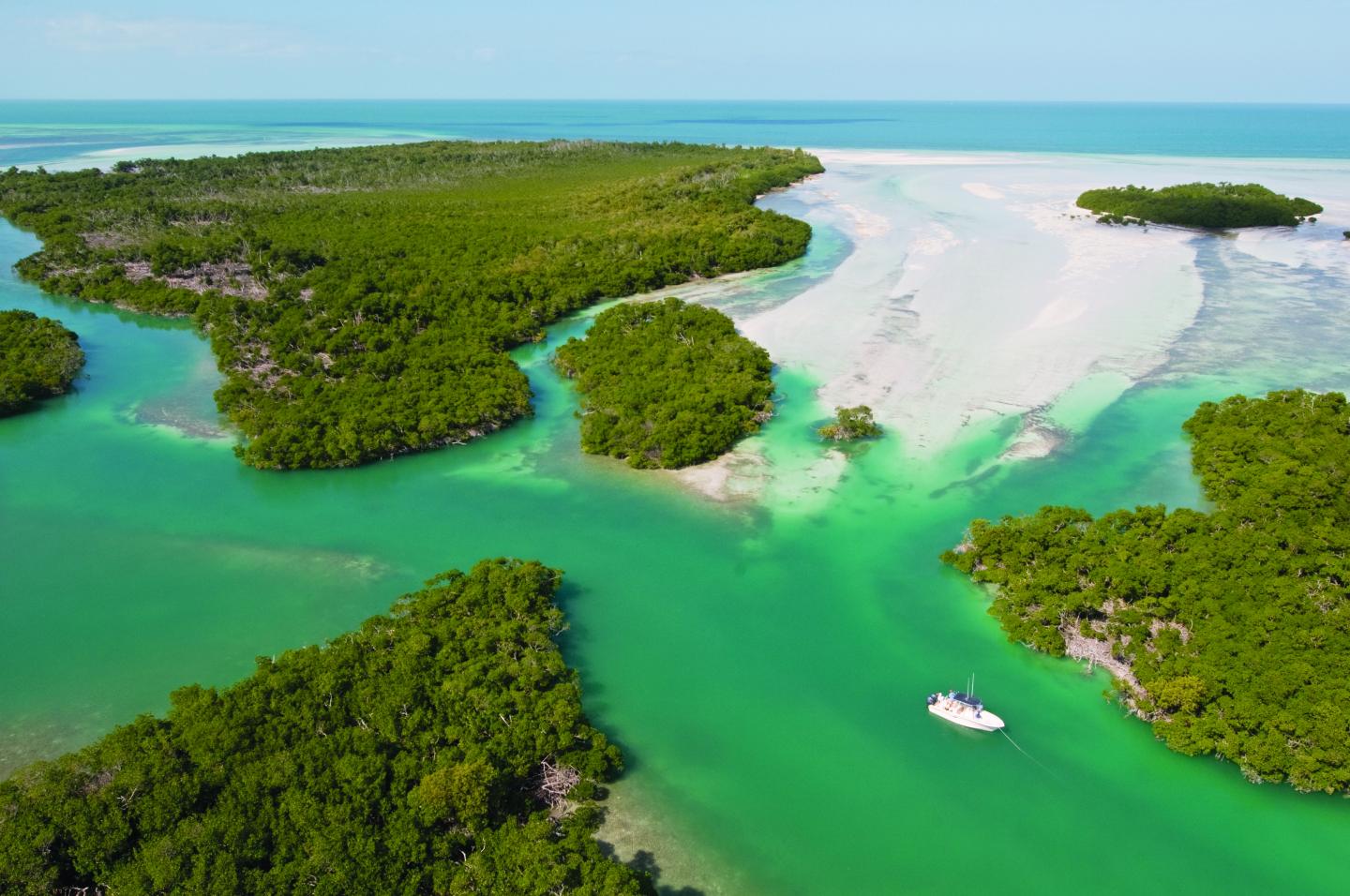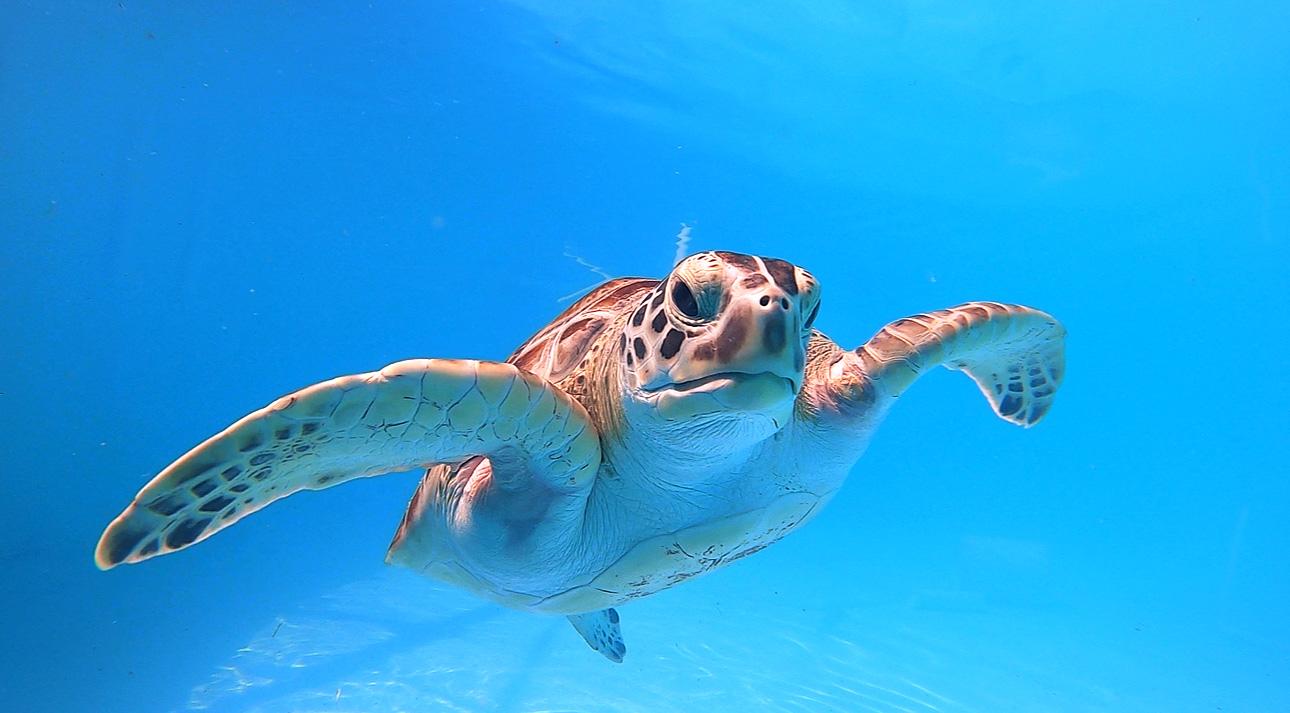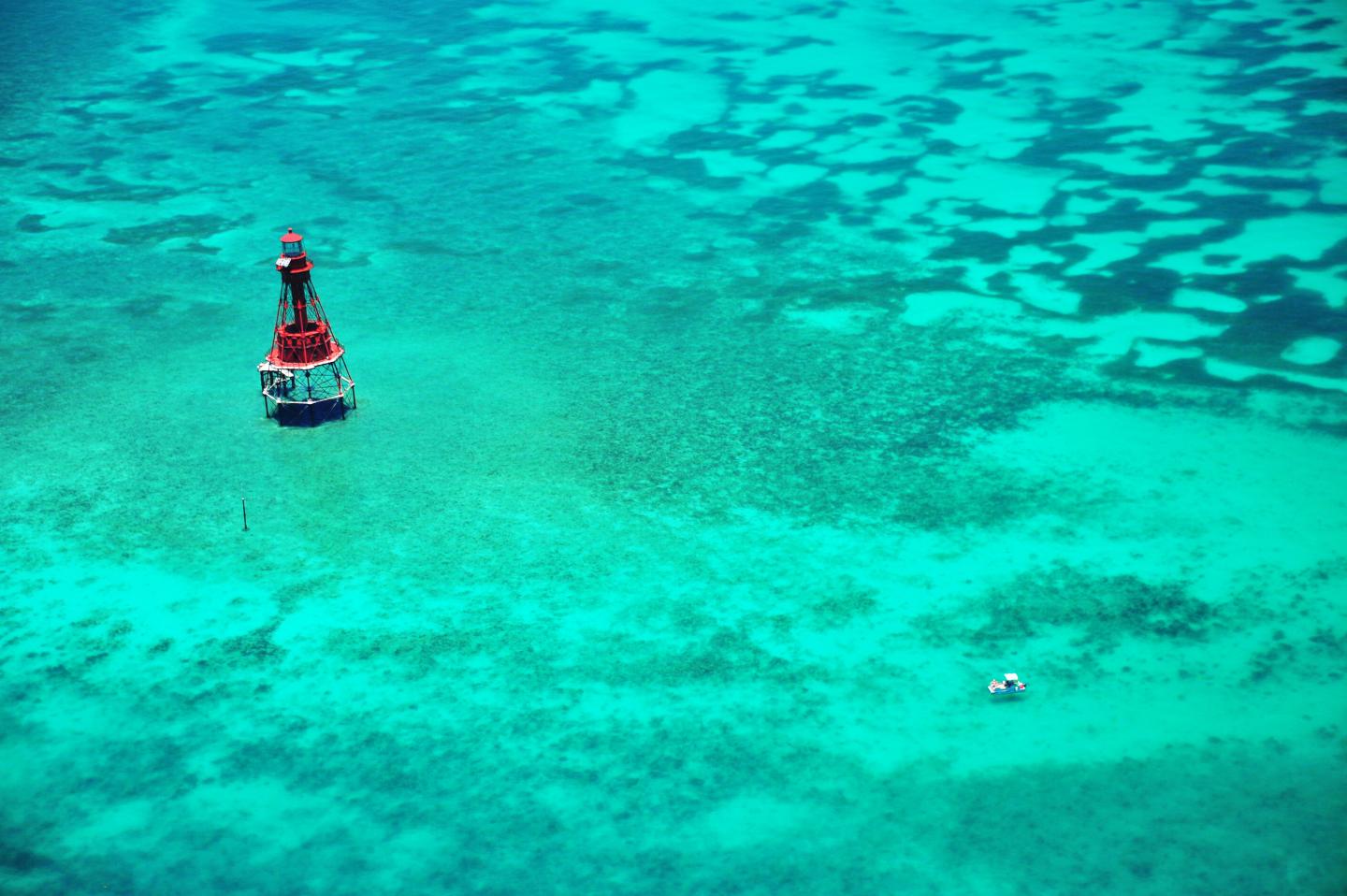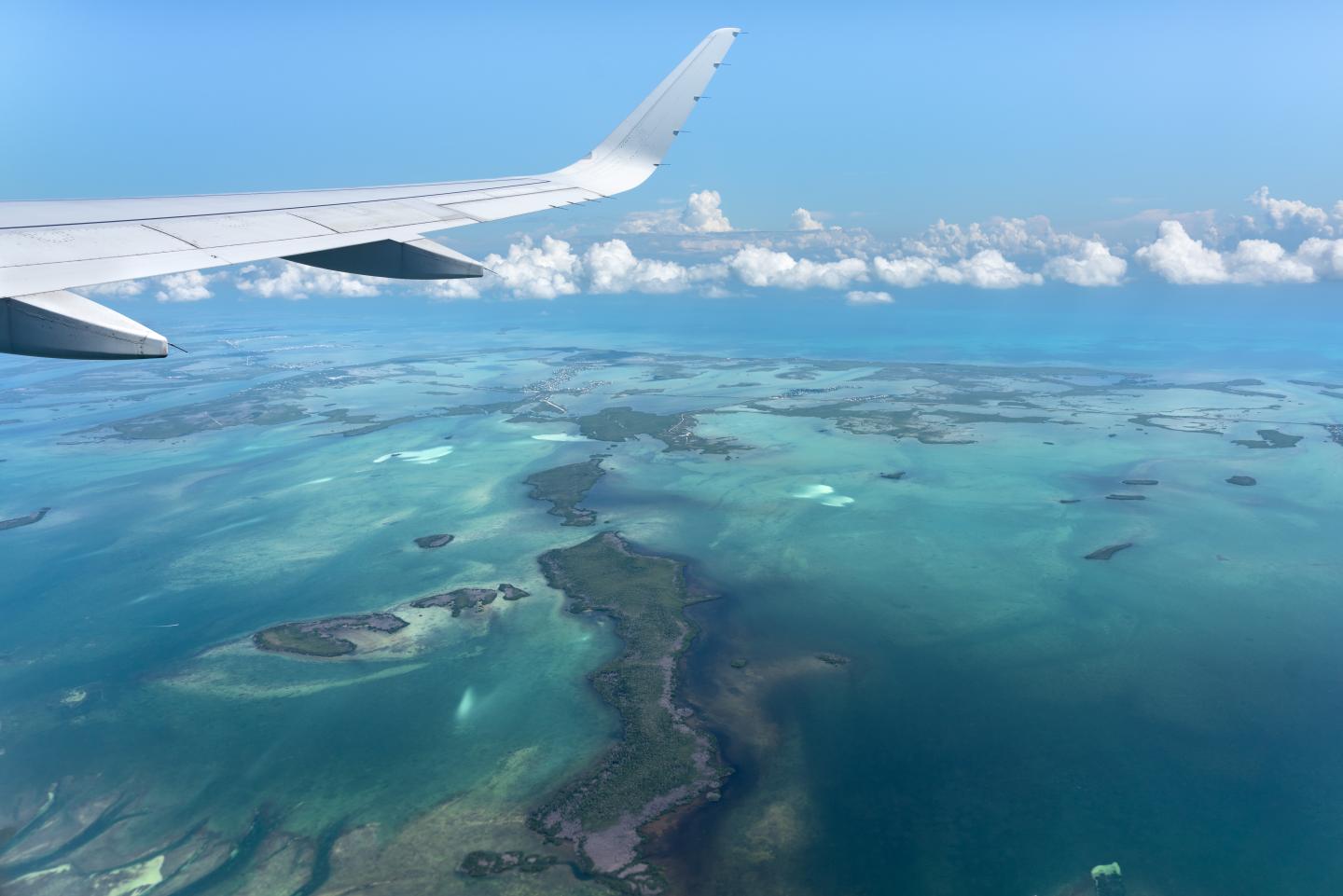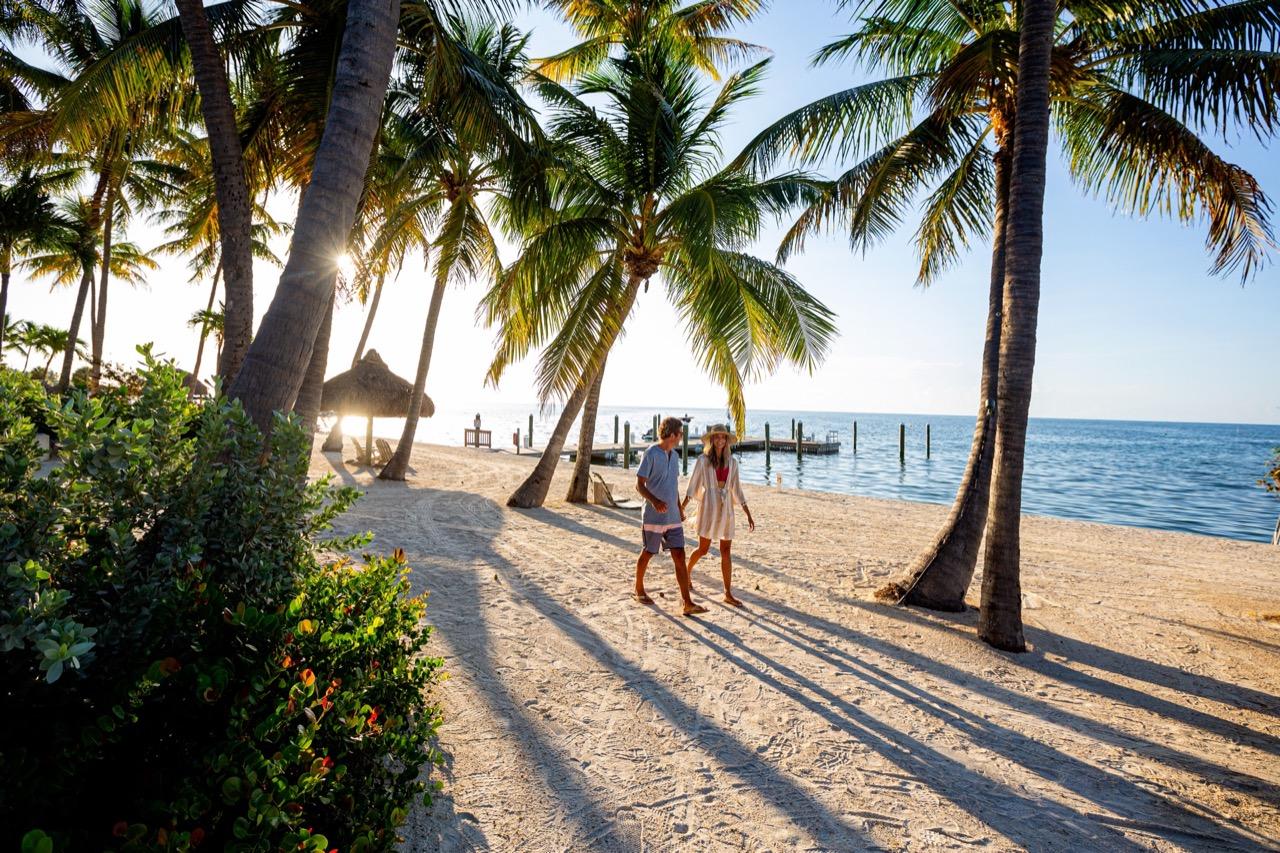
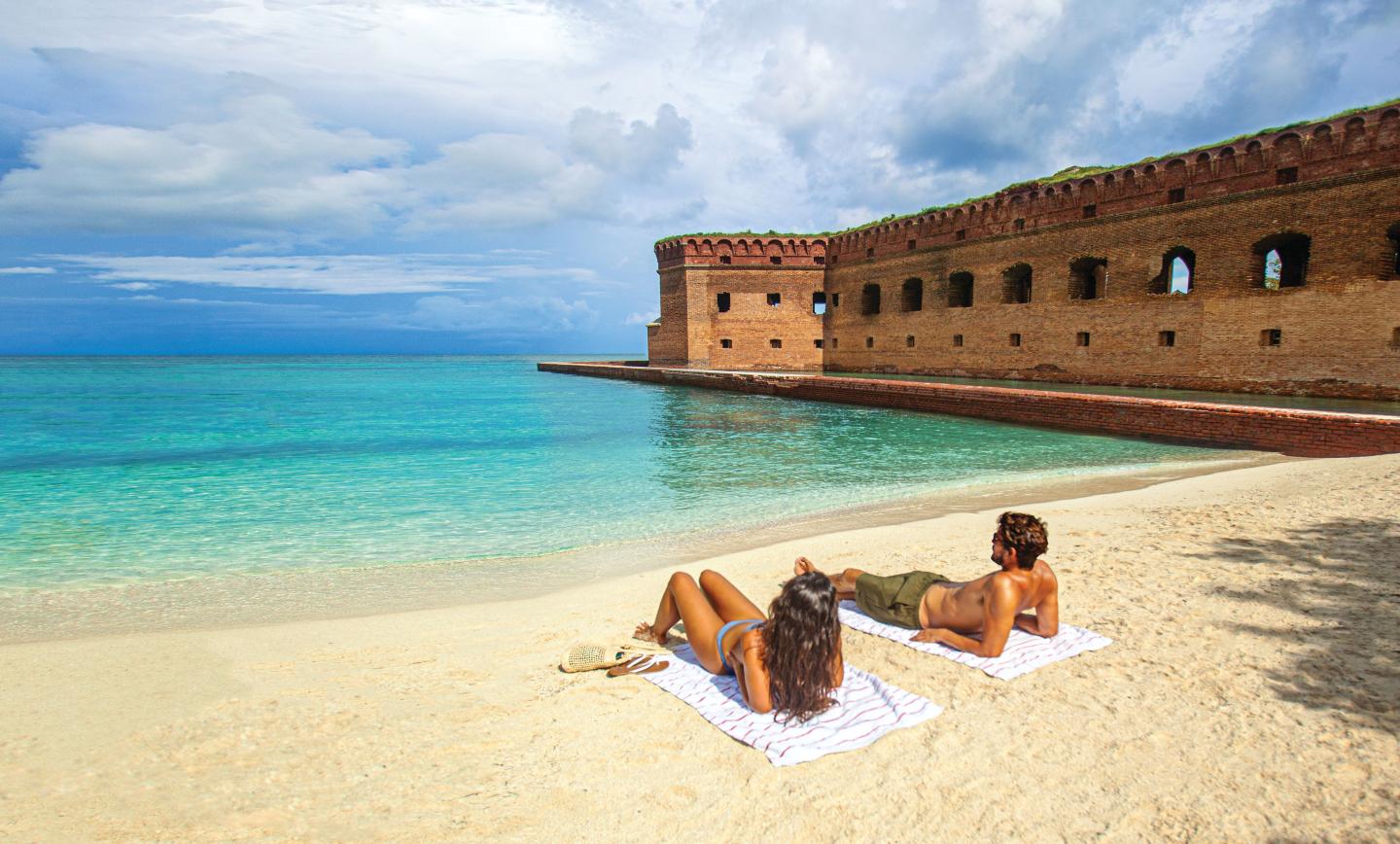
Dry Tortugas
Planning a visit to the Florida Keys? As well as enjoying the island chain’s many land-and-water attractions and near-addictive easygoing vibe, you can also explore two of the United States’ most intriguing places: Dry Tortugas and Everglades national parks.
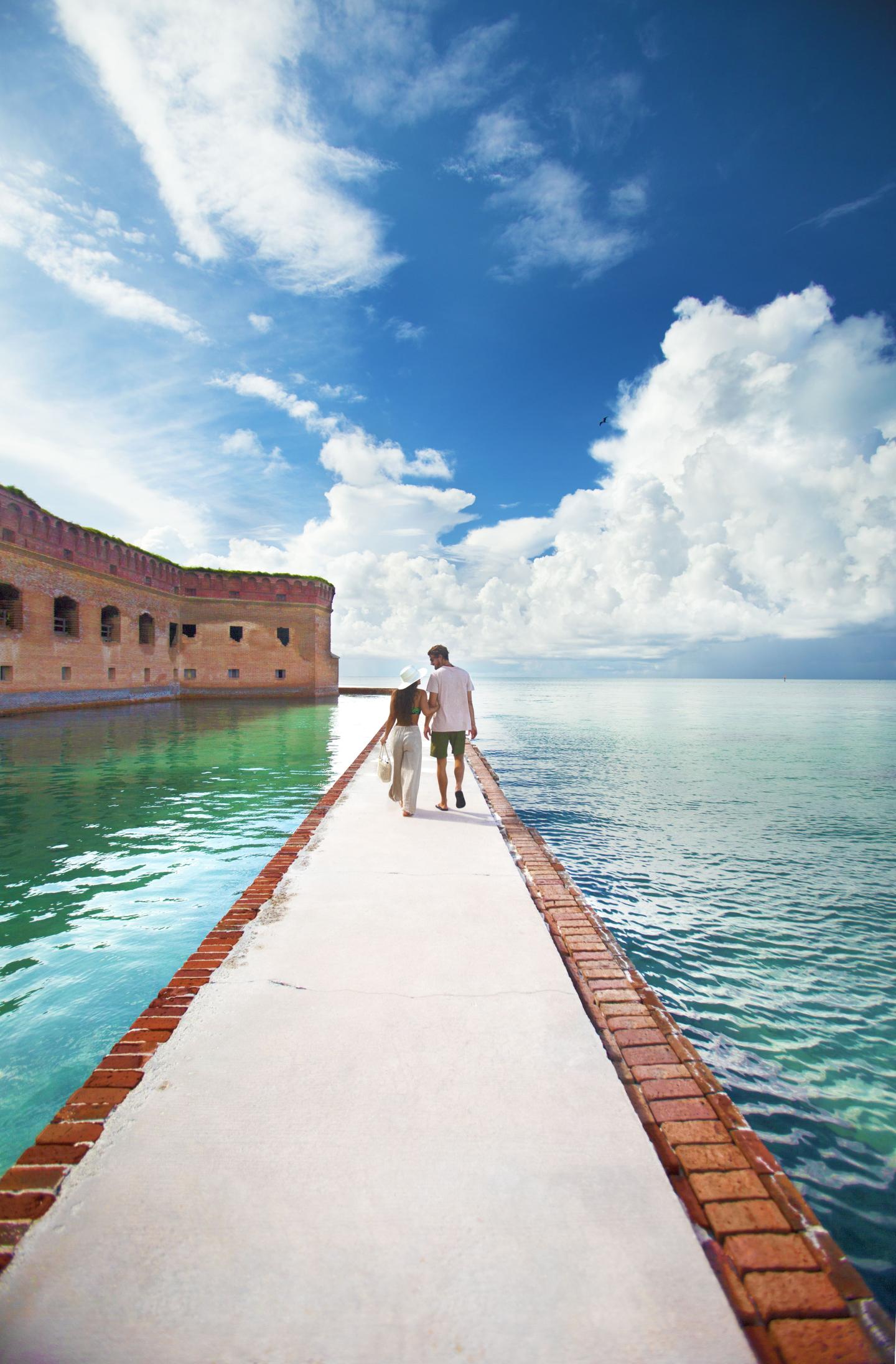
Once you’re in the Keys, you can travel easily to both the remote Dry Tortugas National Park, located 68 miles west of Key West, and famed Everglades National Park, which adjoins the near-shore waters of Islamorada and Key Largo. And both parks are nothing less than national treasures.
The unspoiled Dry Tortugas, alive with rare migratory birds and colorful marine life, covers 100 square miles in the Gulf of Mexico — although 98 percent of the park is underwater.
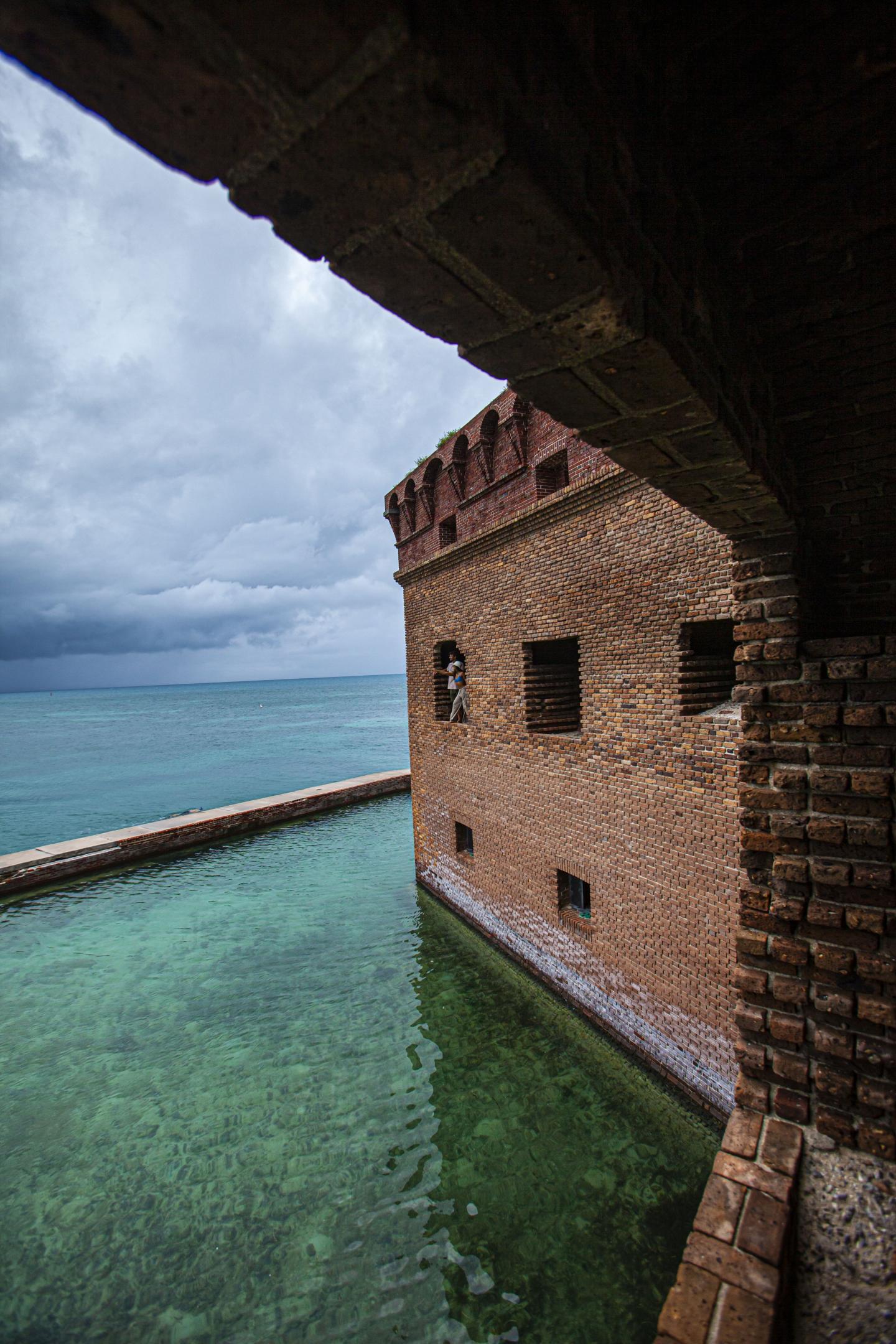
The Tortugas’ land mass is made of up of seven small coral-and-sand islands: the 22-acre Garden Key and the keys of Loggerhead, Bush, Long, East, Hospital and Middle.
The park’s centerpiece, looming over Garden Key, is the awe-inspiring Fort Jefferson. One of the largest masonry structures in the entire Western Hemisphere, it’s sometimes called the Gibraltar of the Gulf.
Its construction began in 1846, and the massive fort served as a Union military prison for captured deserters and others. Its most famous prisoner was Dr. Samuel Mudd, who was convicted of conspiracy in President Abraham Lincoln’s 1865 assassination (but later pardoned).
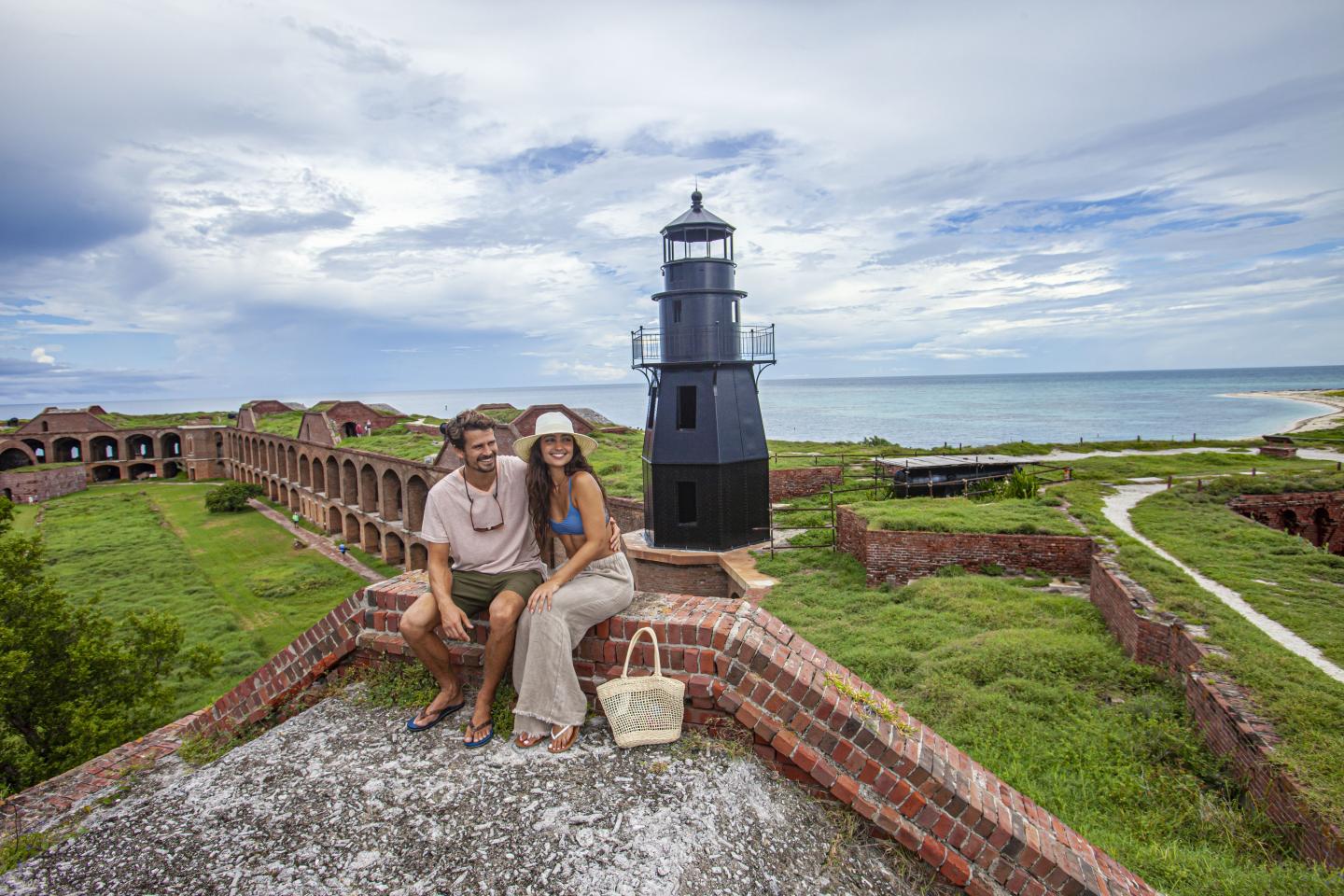
Actually, the Dry Tortugas were first discovered by explorer Ponce de Leon in 1513. They were named “Las Islas de Tortugas” because of the large number of loggerhead, green, leatherback and hawksbill sea turtles found there. And “Dry” refers to fact that, besides rain, there’s no source of fresh water in the Tortugas.
These days, you can “unplug” at the remote park with ranger-guided tours, pristine beaches for sunning, world-class bird watching and clear blue waters for snorkeling. To preserve the unspoiled environment, access to the park is limited. It can be reached only by ferry, seaplane or private boat.
